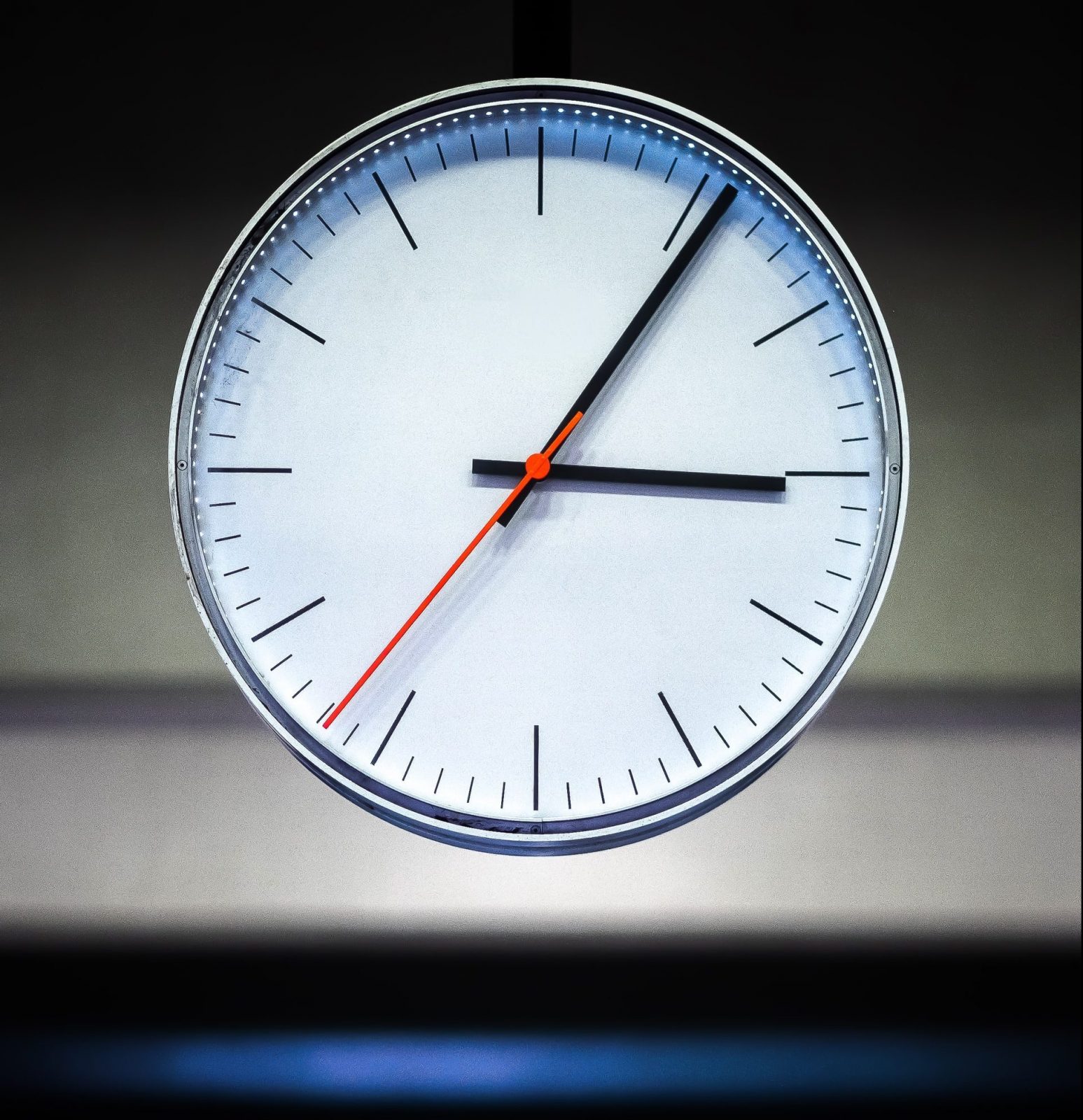Accuracy DCF77
Contents
The short-term and the long-term accuracy of the DCF77-signal show a considerable difference.
The decoded second marker may deviate from the absolute second marker by +5 to +150 msec if standard decoding techniques are used. This is due mainly to the used signal filters and the signal rectification. Narrow-band antennas and very narrow-band crystal filters are used to suppress interferences, which results in a long decay time. The edge is further delayed by the rectification used to obtain the pulse.
The accuracy suffices completely for the every-day use of our clocks where the long-term accuracy matters. After one year the deviation of the second is no more than +5 to +150 msec.
For industrial purposes these deviations are not tolerable. For more accurate second markers both the antenna and the receiver must be wide-band. Values between +5 to +15 msec require bandwidths of about 4 kHz for the antenna which means that the antenna transmits far more noise to the electronics and that the reception electronics often cannot decode the minute cycle. Comparing these to the clocks for every-day use this liability to interferences is mistaken for too little sensitivity.
Basically the following is correct:
Short-term accuracy and high noise immunity exclude each other under DCF77
By changing an amplitude modulated signal to a frequency modulated signal a tolerable accuracy is reached.
During the DCF77 lowering of the second the frequency changes from about 500 Hz to 400 Hz. In the decoding process the pulse width of every frequency oscillation is measured and saved. In case of a change in the pulse width the starting point is traced back and interpreted as the second marker. The accuracy which is achieved ranges around a pulse width, i.e. ± 2 msec. Over a period of one minute the second markers are observed and tendencies are ascertained. If for example the calculated second marker tends to be earlier, on average, than in the previous minute, two control values are deducted:
- the crystal frequency on the board is changed
- to level out the difference the second marker is adjusted for a short time with ± 10 ppm frequency offset.
This process adjusts the crystal frequency to ± 2 ppm inaccuracy for the free-running of the clock.
Further inaccuracies may be caused by travel times from the transmitter to the receiver. In case of just ground-wave reception a constant is included in the calculation if the distance is permanent. In case of just space wave reception the reception side cannot influence the time fluctuations. Time fluctuations are influenced directly by the changing altitude of the reflecting and bending layer of the ionosphere. Similar problems arise where ground and space waves overlap. This field is not constant but changes in the course of the day between 600 to 1200 km from the transmitter position. At fixed locations there may be time fluctuations in the range of some milliseconds.

